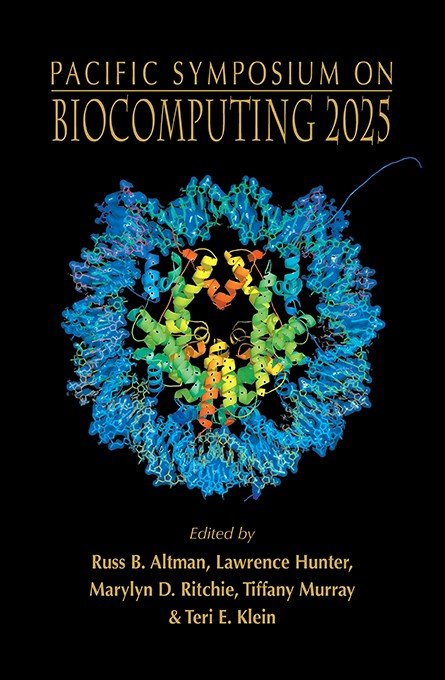A Prospective Comparison of Large Language Models for Early Prediction of Sepsis
This work is supported by the National Institutes of Health (#R01LM013998, #R35GM143121, #R42AI177108). The opinions or assertions contained herein are the private ones of the author and are not to be construed as official or reflecting the views of the NIH or any other agency of the US Government.
We present a comparative study on the performance of two popular open-source large language models for early prediction of sepsis: Llama-3 8B and Mixtral 8x7B. The primary goal was to determine whether a smaller model could achieve comparable predictive accuracy to a significantly larger model in the context of sepsis prediction using clinical data.
Our proposed LLM-based sepsis prediction system, COMPOSER-LLM, enhances the previously published COMPOSER model, which utilizes structured EHR data to generate hourly sepsis risk scores. The new system incorporates an LLM-based approach to extract sepsis-related clinical signs and symptoms from unstructured clinical notes. For scores falling within high-uncertainty prediction regions, particularly those near the decision threshold, the system uses the LLM to draw additional clinical context from patient notes; thereby enhancing the model’s predictive accuracy in challenging diagnostic scenarios.
A total of 2,074 patient encounters admitted to the Emergency Department at two hospitals within the University of California San Diego Health system were used for model evaluation in this study. Our findings reveal that the Llama-3 8B model based system (COMPOSER-LLMLlama) achieved a sensitivity of 70.3%, positive predictive value (PPV) of 32.5%, F-1 score of 44.4% and false alarms per patient hour (FAPH) of 0.0194, closely matching the performance of the larger Mixtral 8x7B model based system (COMPOSER-LLMmixtral) which achieved a sensitivity of 72.1%, PPV of 31.9%, F-1 score of 44.2% and FAPH of 0.020. When prospectively evaluated, COMPOSER-LLMLlama demonstrated similar performance to the COMPOSER-LLMmixtral pipeline, with a sensitivity of 68.7%, PPV of 36.6%, F-1 score of 47.7% and FAPH of 0.019 vs. sensitivity of 70.5%, PPV of 36.3%, F-1 score of 47.9% and FAPH of 0.020. This result indicates that, for extraction of clinical signs and symptoms from unstructured clinical notes to enable early prediction of sepsis, the Llama-3 generation of smaller language models can perform as effectively and more efficiently than larger models. This finding has significant implications for healthcare settings with limited resources.


